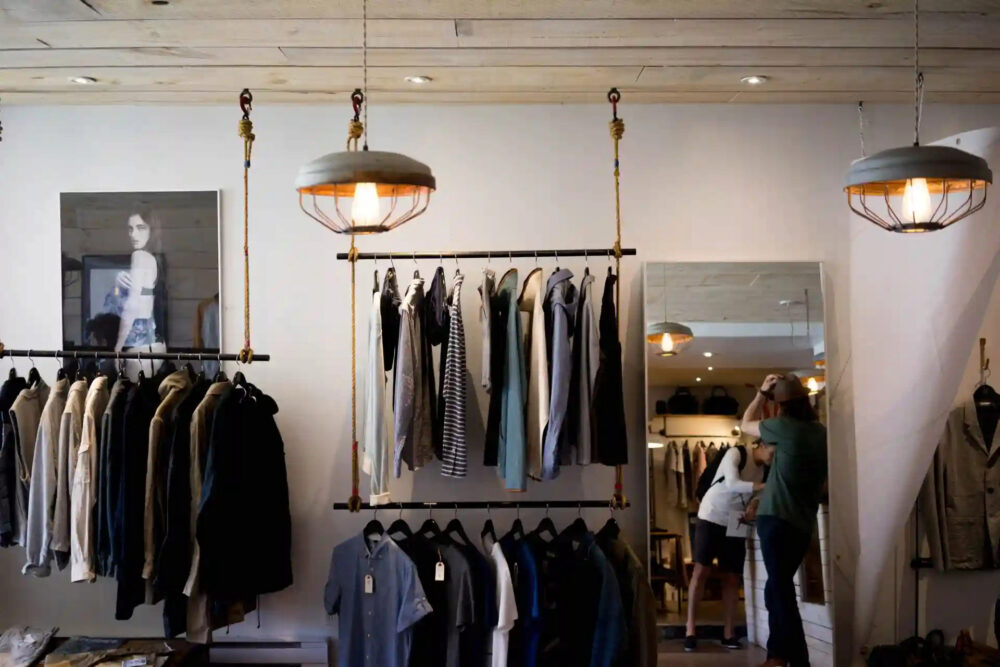In the world of fashion, two terms often emerge in discussions about luxury and style: haute couture and ready-to-wear. While both represent high-end fashion, there are distinct differences between the two that are worth exploring. From their origins to their production processes and target markets, understanding haute couture and ready-to-wear can provide valuable insights into the dynamic landscape of the fashion industry.
What is Haute Couture?
Haute couture is the epitome of luxury fashion, defined by its exclusivity, craftsmanship, and attention to detail. The term “haute couture” is French for “high sewing” or “high dressmaking,” and it refers to custom-made garments created by prestigious fashion houses or designers. These garments are meticulously crafted by hand, often using the finest materials and couture techniques.
Origins and History
The roots of haute couture can be traced back to 19th-century Paris, where Charles Frederick Worth, the “father of haute couture,” established the first haute couture house in 1858. Worth pioneered the concept of designing made-to-order garments for wealthy clients, setting the standard for craftsmanship and exclusivity in high fashion.
Characteristics and Criteria
To be considered haute couture, a fashion house must adhere to strict criteria established by the Chambre Syndicale de la Haute Couture, the governing body of haute couture in France. These criteria include:
Customization: Each garment is made-to-measure for the individual client, ensuring a perfect fit and personalized experience.
Handcraftsmanship: Haute couture garments are handcrafted by skilled artisans, often requiring hundreds of hours of meticulous workmanship.
High-quality materials: Only the finest fabrics, embellishments, and materials are used in haute couture creations, sourced from prestigious suppliers around the world.
Limited production: Haute couture collections are produced in small quantities, with each design being unique or produced in very limited editions.
What is Ready-to-Wear?
Ready-to-wear, also known as prêt-à-porter, refers to mass-produced clothing that is designed to be worn without any alterations. Unlike haute couture, ready-to-wear collections are produced in standard sizes and sold in retail stores or online platforms. While ready-to-wear lacks the exclusivity and customization of haute couture, it offers accessibility and affordability to a broader consumer base.
Origins and Evolution
The concept of ready-to-wear emerged in the early 20th century with the rise of industrialization and the democratization of fashion. Designers like Coco Chanel and Elsa Schiaparelli played pivotal roles in popularizing ready-to-wear clothing, challenging the dominance of haute couture and paving the way for modern fashion retail.
Characteristics and Accessibility
Ready-to-wear collections are characterized by their scalability, efficiency, and affordability. They are designed to appeal to a wider audience, offering trendy styles and seasonal designs at various price points. While ready-to-wear may lack the couture craftsmanship of haute couture, advancements in manufacturing technology have enabled designers to produce high-quality garments with faster turnaround times.
Key Differences and Considerations
Craftsmanship vs. Accessibility
The primary difference between haute couture and ready-to-wear lies in their approach to craftsmanship and accessibility. Haute couture prioritizes artisanal techniques and individualized attention, resulting in one-of-a-kind pieces that command premium prices. In contrast, ready-to-wear focuses on mass production and marketability, catering to the demands of a diverse consumer base.
Price Point and Exclusivity
Haute couture is synonymous with luxury and exclusivity, with prices often reaching astronomical heights. These garments are reserved for elite clientele who value craftsmanship, heritage, and prestige. Ready-to-wear, on the other hand, offers more affordable options for fashion enthusiasts seeking on-trend styles without breaking the bank.
Market Trends and Consumer Preferences
In recent years, there has been a shift in consumer preferences towards more sustainable and inclusive fashion practices. While haute couture remains the pinnacle of luxury, ready-to-wear brands are increasingly embracing ethical sourcing, diversity, and inclusivity in their collections. As a result, the lines between haute couture and ready-to-wear are becoming increasingly blurred, with designers finding innovative ways to cater to evolving market demands.
Conclusion: Celebrating Diversity in High Fashion
Haute couture and ready-to-wear represent two distinct facets of high fashion, each with its own unique appeal and significance. While haute couture embodies luxury, craftsmanship, and exclusivity, ready-to-wear offers accessibility, affordability, and mass appeal. As the fashion industry continues to evolve, it’s essential to celebrate the diversity and creativity that both haute couture and ready-to-wear bring to the table. Whether it’s a bespoke gown handcrafted by a couturier or a stylish ensemble purchased off the rack, high fashion has something to offer for everyone.
Through understanding the nuances of haute couture and ready-to-wear, we can gain a deeper appreciation for the artistry, innovation, and cultural significance of high fashion in our society.
Keywords: haute couture, ready-to-wear, high fashion, luxury, craftsmanship, exclusivity, accessibility, fashion industry, couture techniques, consumer preferences, market trends, sustainability
Thank you for reading! What are your thoughts on haute couture vs. ready-to-wear? Share your perspective in the comments below!
